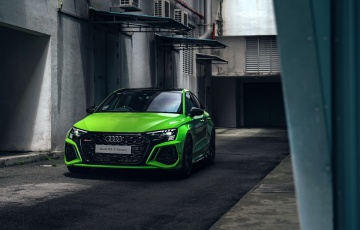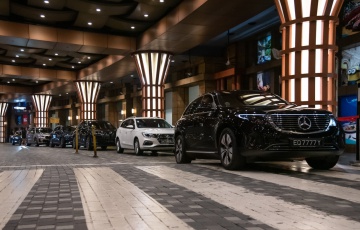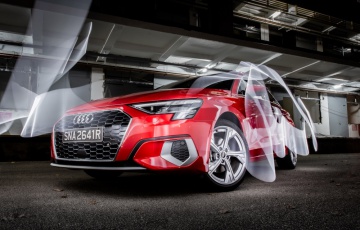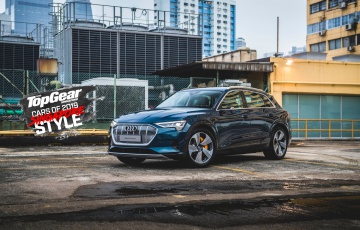Audi built a plug-in hybrid in 1989
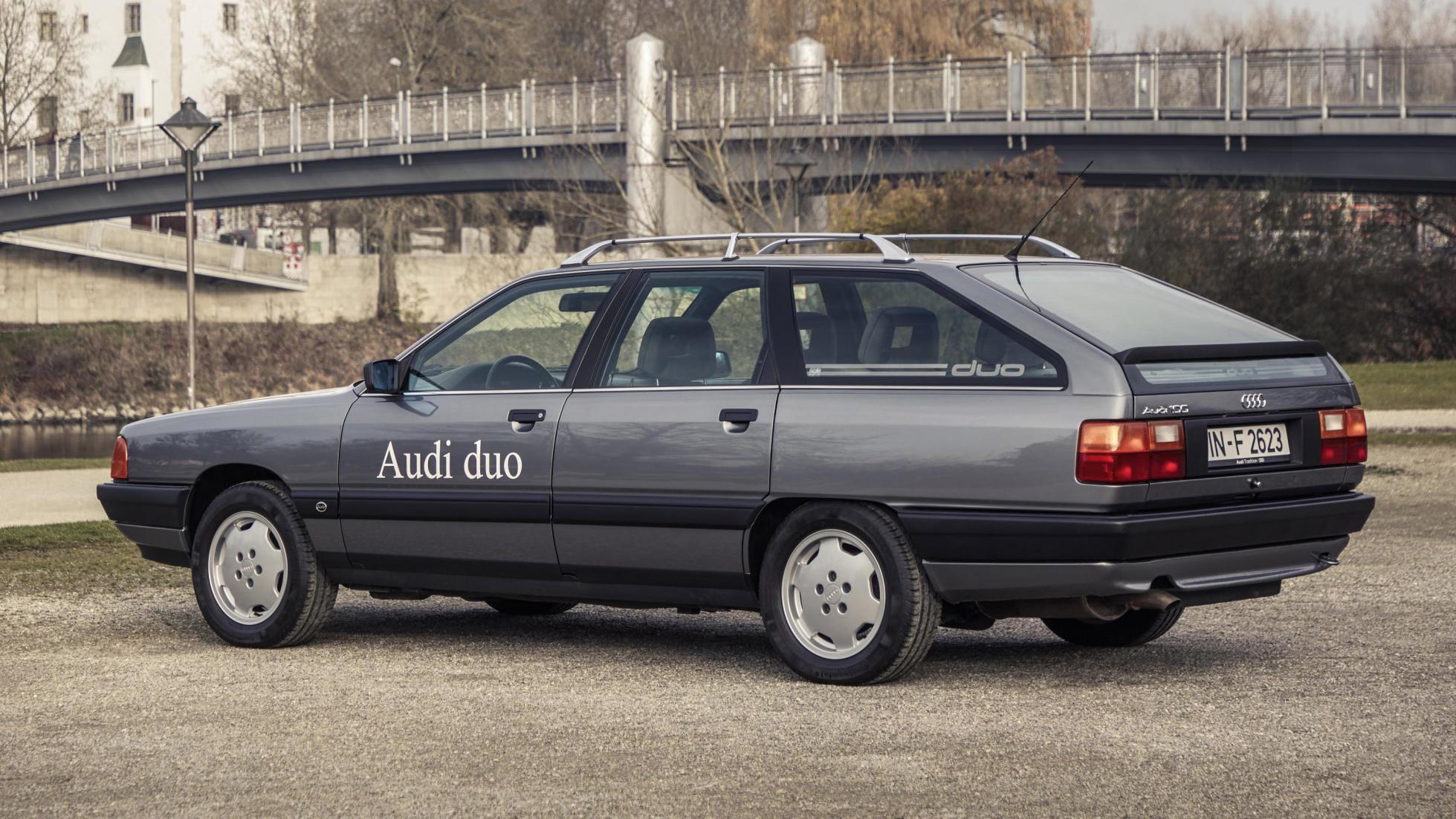
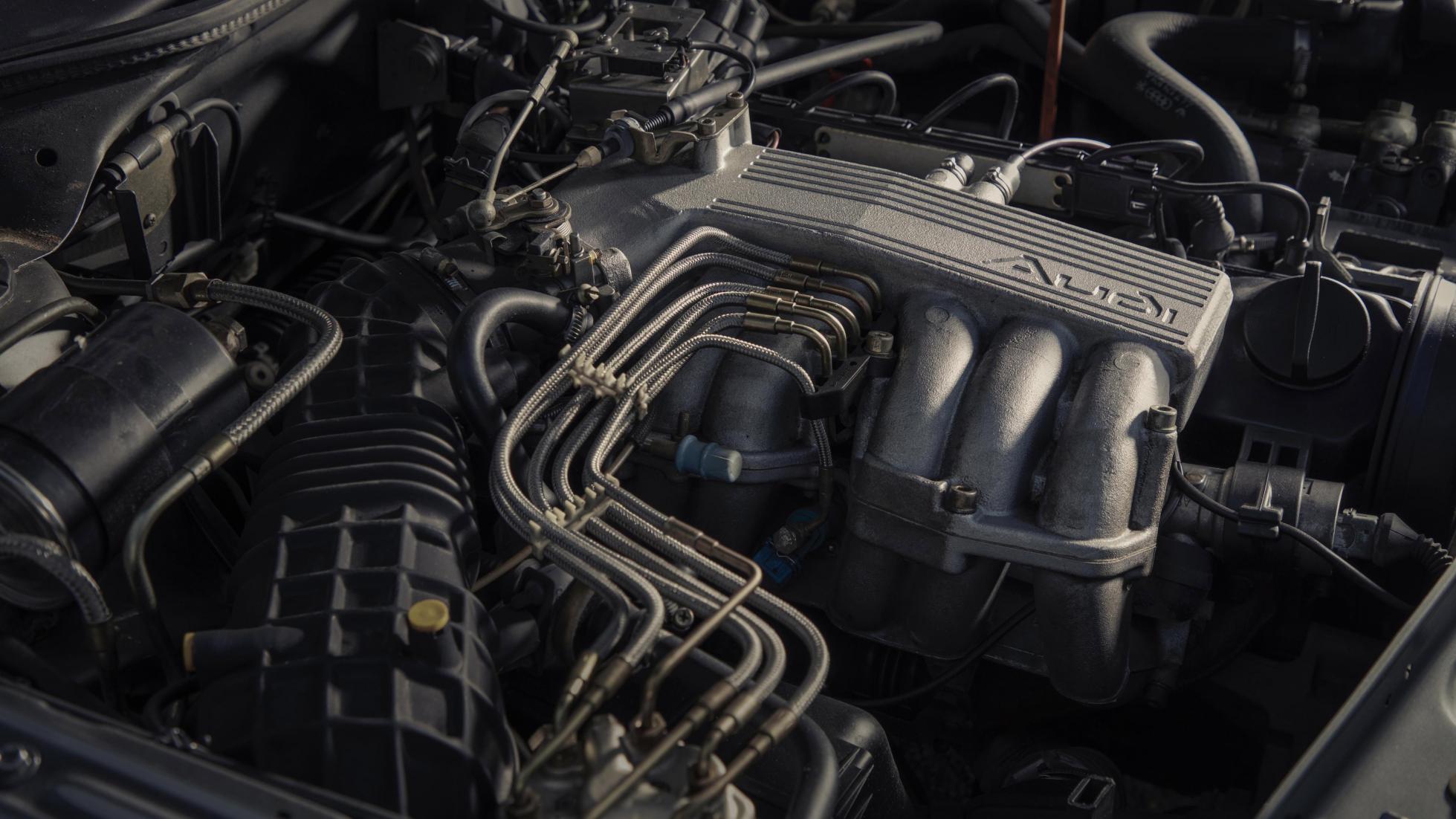
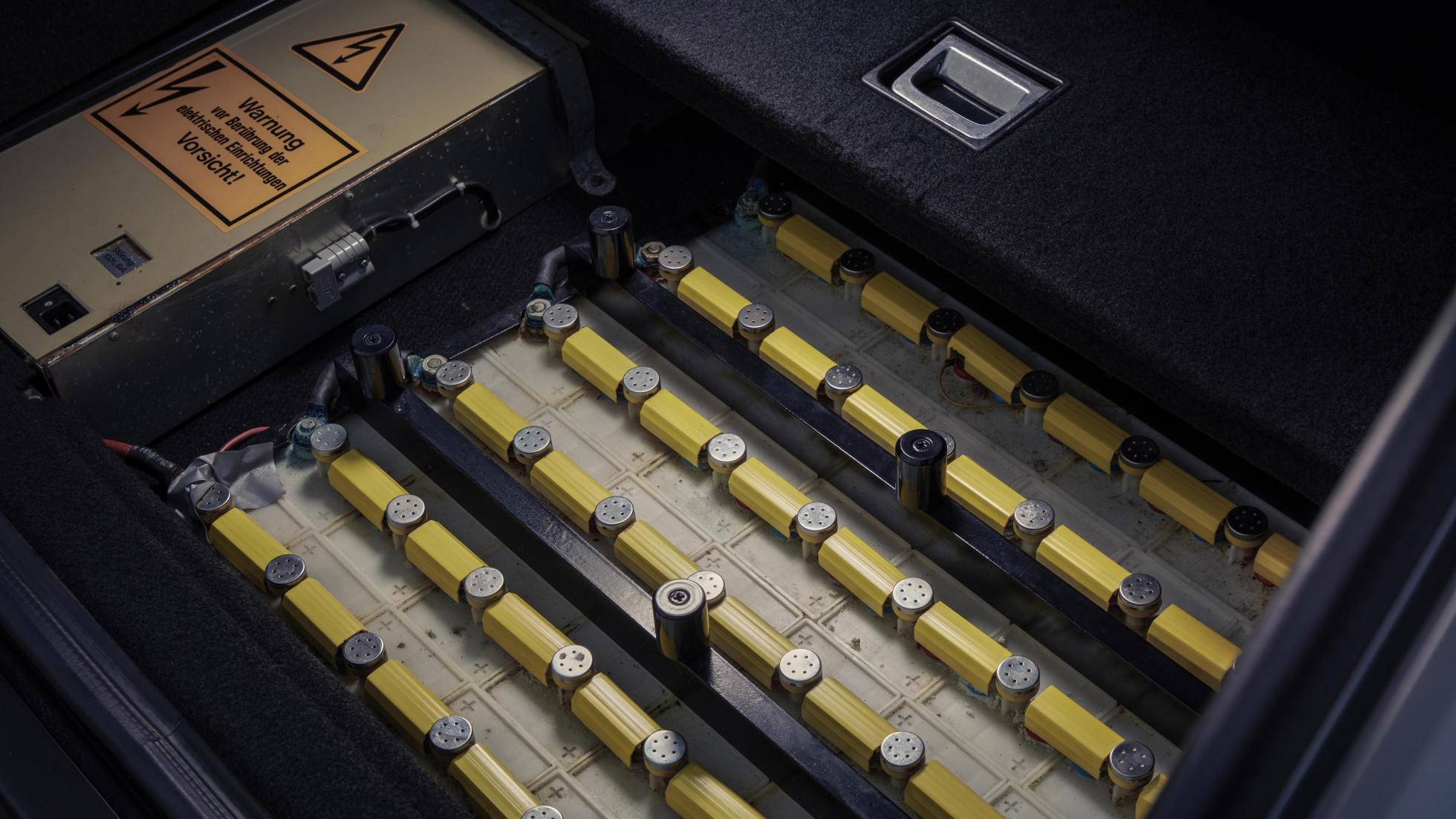
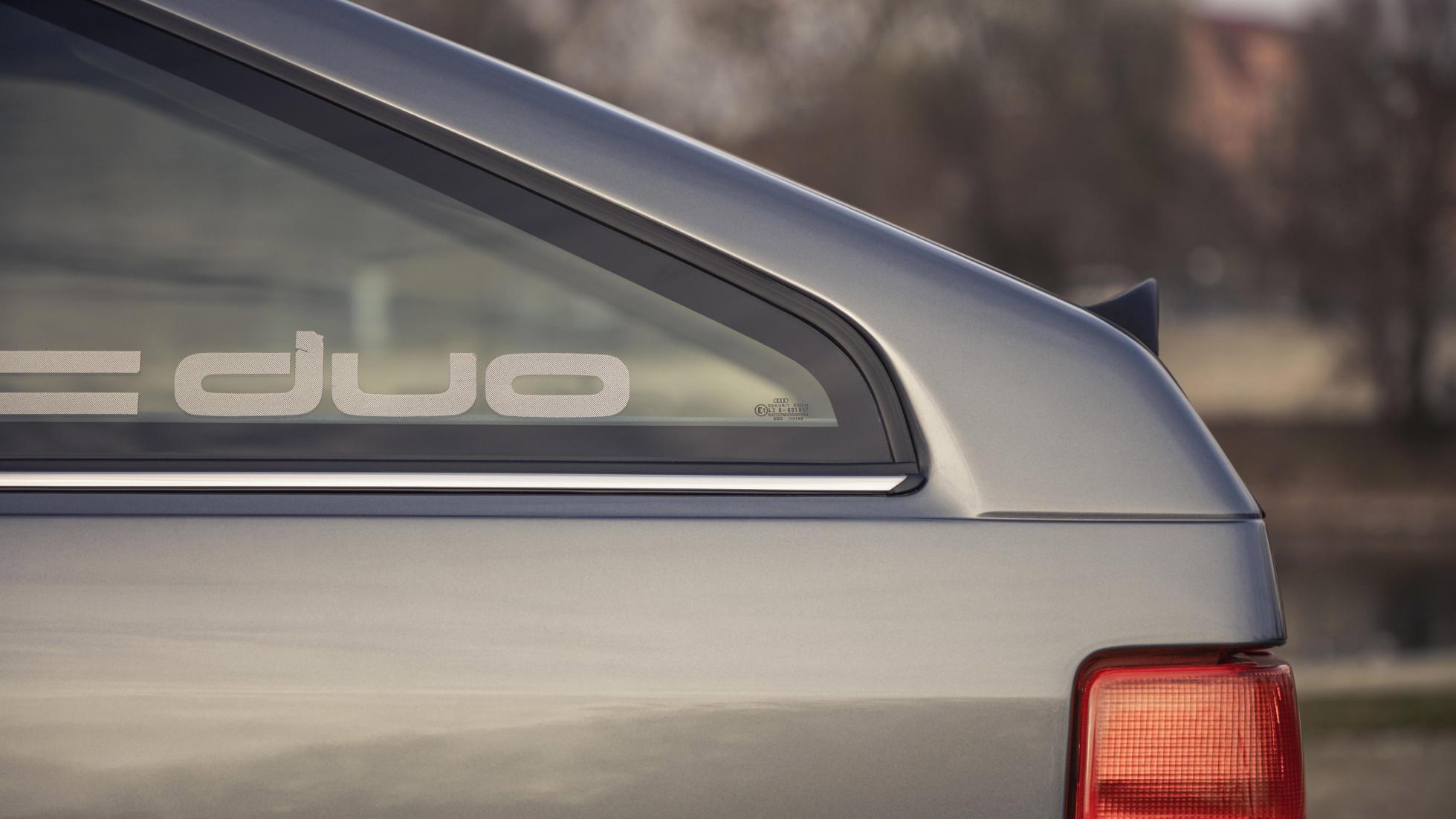
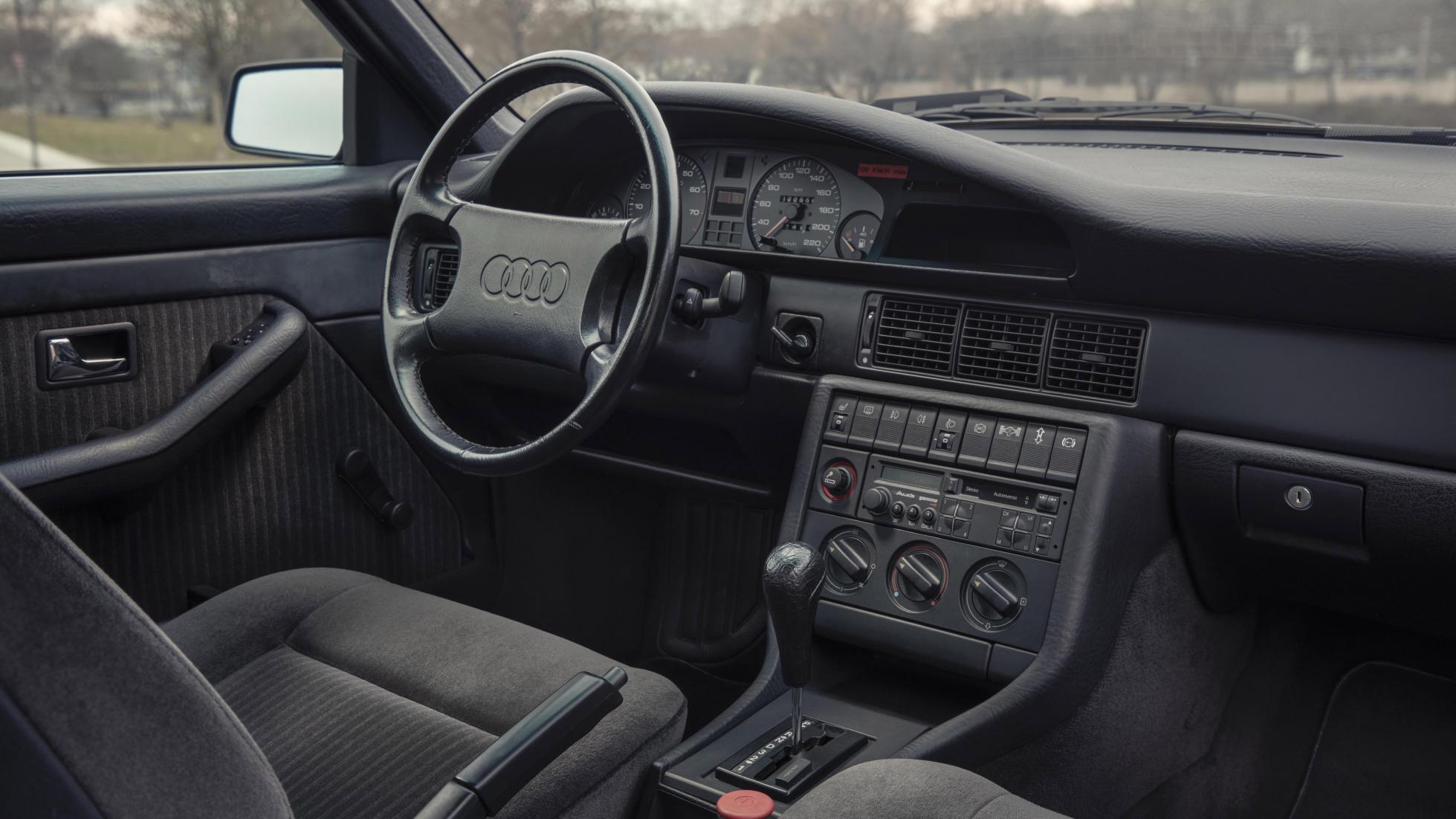
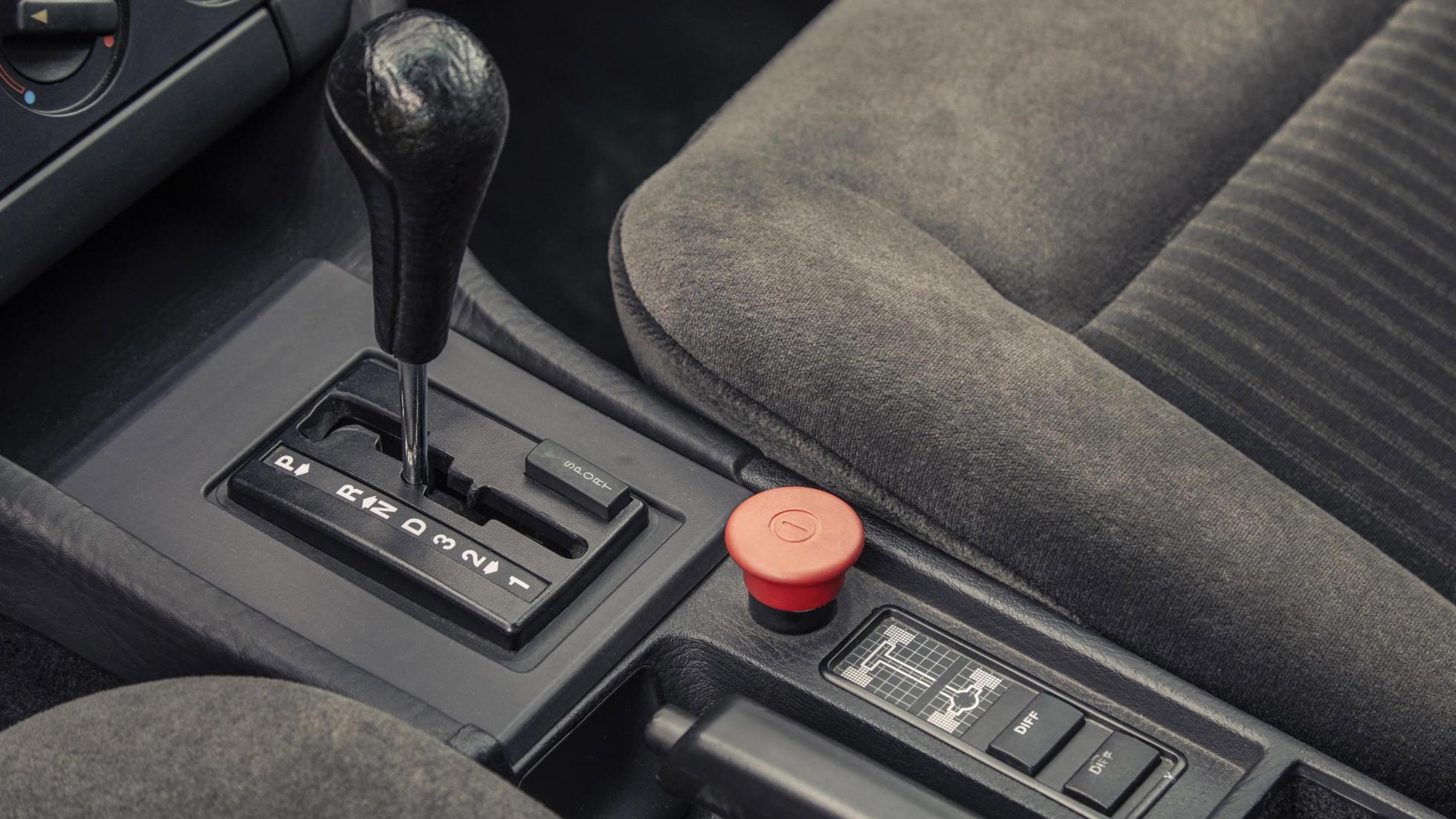
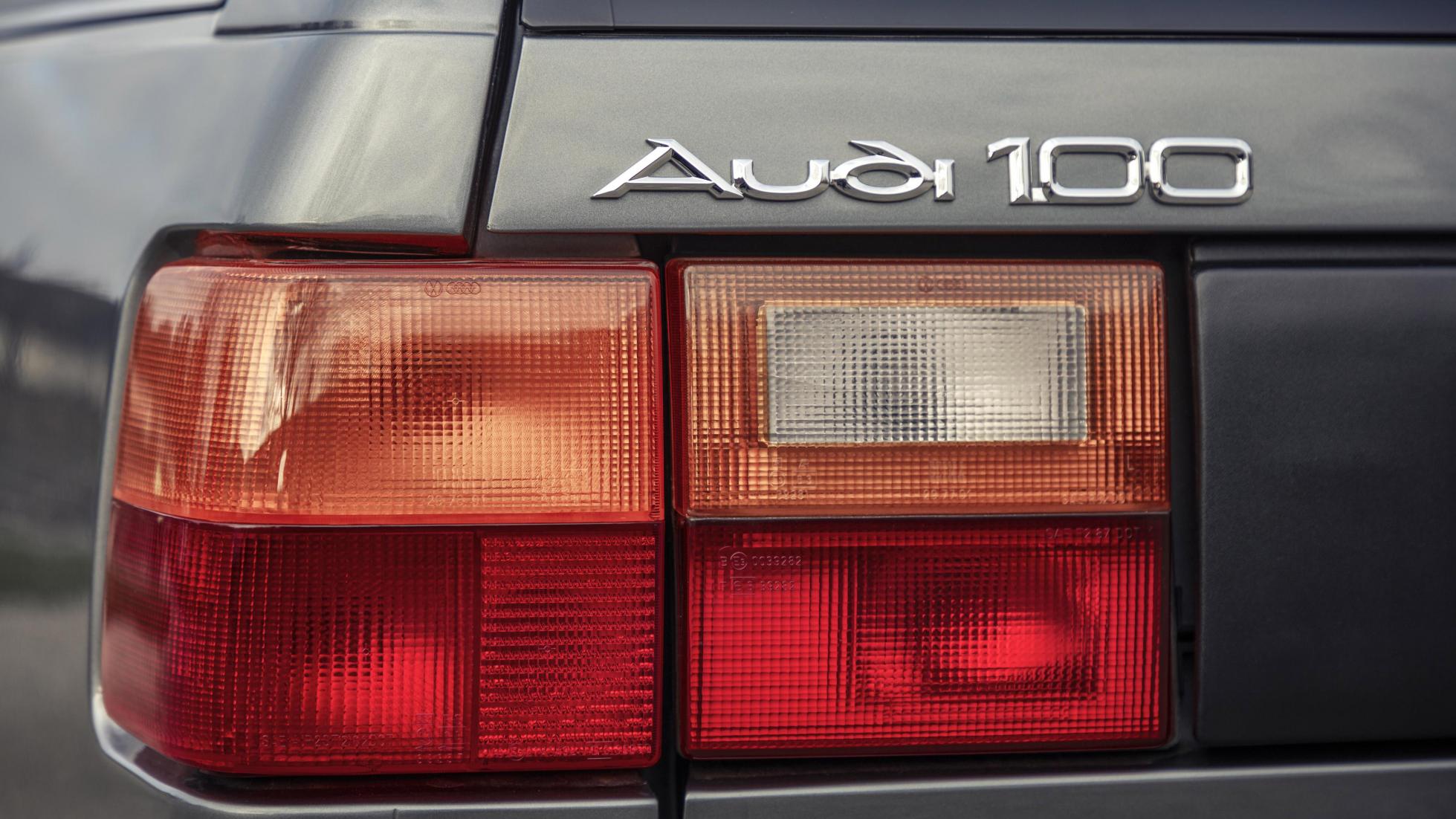
Thought PHEVs were a relatively new phenomenon? Think again, because Audi built its first one way back in 1989.
Yup, 1989, the same year British scientist Tim Berners-Lee invented the World Wide Web. When cassettes were more popular than CDs, and mobile phones were the size and weight of a brick. And here was Audi, somehow making a petrol engine and e-motor speak the same language.
Revealed at the 1990 Geneva Motor Show, the Duo was based on an Audi 100 Avant. Its 2.3-litre, five-cylinder engine sent about 134bhp to the front axle, while a 12bhp e-motor from Siemens (drawing power from a 9kW nickel-cadmium battery mounted under the boot floor) drove the rear.
Most of the time the two power sources worked in tandem, but the Duo did have a special electric-only mode that prevented the internal combustion engine from kicking-in. Modern-day PHEVs have such modes of course, accessible via a little button you can press anytime, anywhere. In the Duo, you had to come to a complete halt and shift into neutral.
Max range on e-power was 38km, at speeds of up to 50km/h. It had regen-braking and solar panels on the roof for keeping the battery topped up. Ten were built for testing – one was even trialled as a taxi in Audi’s hometown of Ingolstadt – but none sold.
It was 1997 before Audi did a PHEV you could buy. Well, Kinda. The A4 Duo, which Audi claims was the first production plug-in hybrid, combined a 90bhp 1.9-litre diesel with a 29bhp e-motor. Like modern PHEVs it could run at slow speeds for a short while on e-power alone, and was chargeable on the move via regen or from a plug socket.
But it was TWICE the price of a normal A4 Avant. Audi apparently expected to sell around 500 cars a year, but by the time production had halted in 1999 it had only built 60.
STORY Tom Harrison






